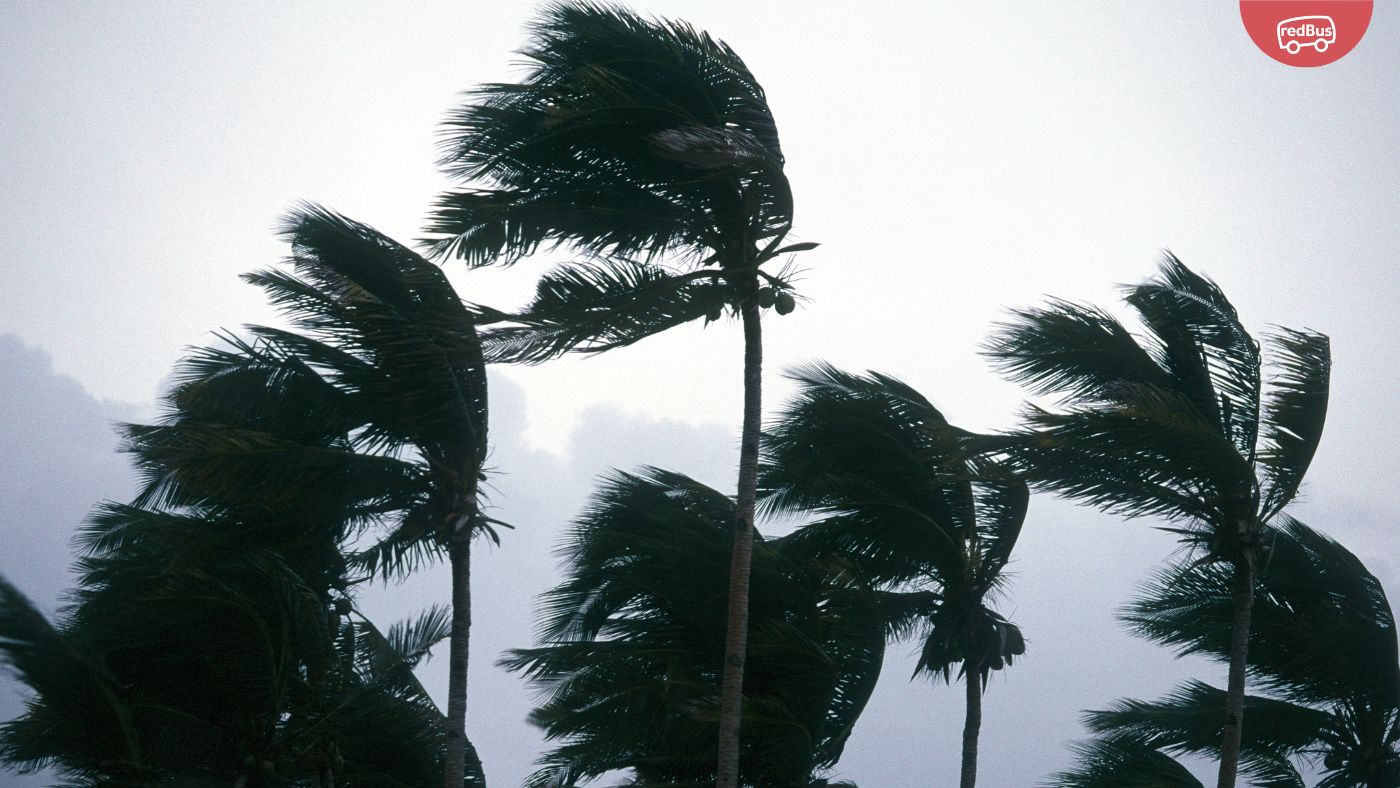Latest Typhoon Update
The storm made a landfall in Vietnam on September 7, 2024, causing significant damage and flooding in several parts of the country.
While the immediate danger from Typhoon Yagi has passed, it’s important to note that the storm’s aftermath can still pose risks. There may be ongoing flooding, landslides, and power outages in affected areas. Travellers should exercise caution and stay informed about the latest conditions.
Vietnam’s strategic location along the South China Sea, while beneficial for trade, also makes it susceptible to the wrath of annual typhoons. Vietnam experiences an average of four to six typhoons annually, with the peak season occurring from August to November. These storms can bring heavy rainfall, strong winds, and storm surges, leading to flooding, landslides, and damage to infrastructure.
Images of torrential downpours, cancelled flights, and closed attractions might come to mind. But fear not, intrepid explorer! With some planning and insider knowledge, you can continue vacationing in Vietnam even during the typhoon months for low-budget travel (June to November).
Understanding Vietnam’s Typhoon Season
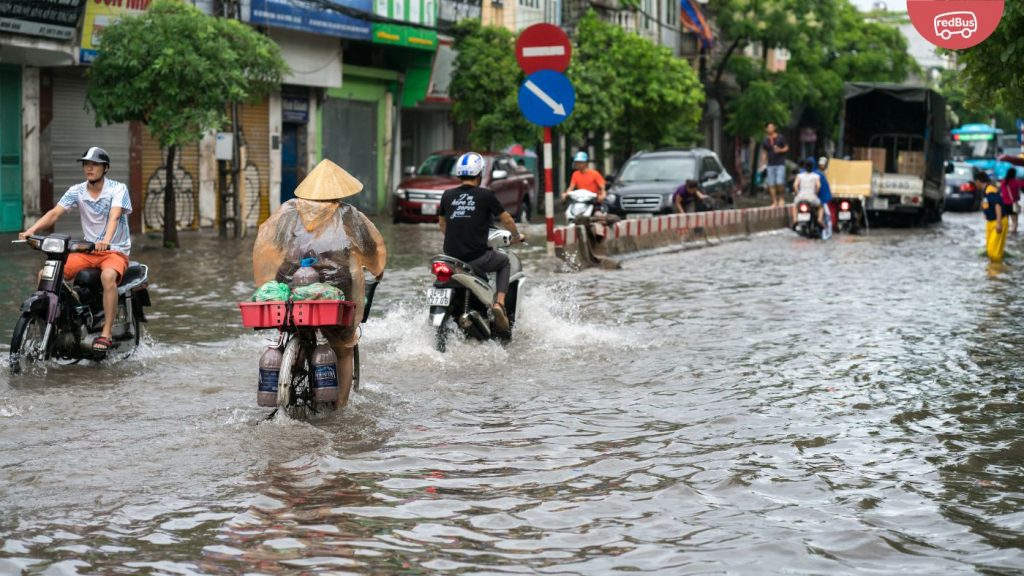
Vietnam experiences typhoons due to its location between the North and South Pacific Ocean. While the entire season lasts from June to November, the peak period with the most frequent and powerful storms falls between August and October.
- Early Season (June-August): Typhoons tend to move northwesterly, impacting China and Japan more than Vietnam. However, heavy rains and localized storms can affect the north, particularly mountainous regions with risky landslides.
- Peak Season (August-October): Central Vietnam experiences the brunt of typhoons during this period. Cities like Hue, Da Nang, Hoi An, and Quang Binh can experience severe flooding and infrastructure damage. Tourism services, especially beach activities, are often suspended during these times. It is best to avoid these areas when making travel plans.
Provinces along the central coastline, such as Quang Binh, Thanh Hoa, Quang Tri, Thua Thien Hue, Quang Ngai, and Binh Dinh, are particularly vulnerable to flooding and storm surges.
Should You Travel During Typhoon Season?
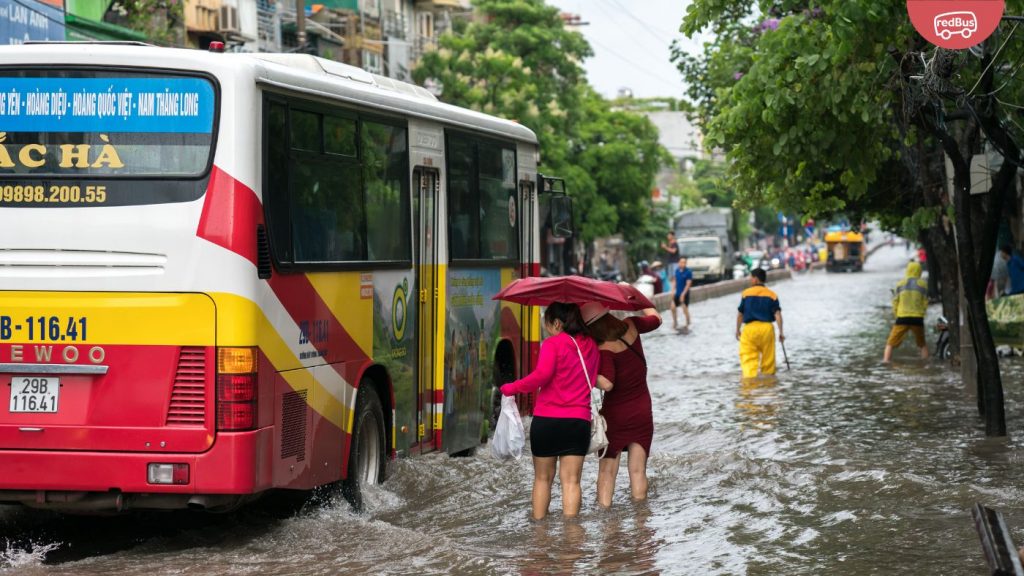
The answer depends on your risk tolerance and desired destinations. Here’s a breakdown:
- No: If you prioritize guaranteed sunshine and outdoor activities, choosing a different time, like spring (March-May) is best. However, this coincides with peak tourist season and higher prices.
- Yes (with caution): Consider early summer (May-June) for central Vietnam or late autumn (September-October) for the north. These periods experience less severe weather compared to the peak season, and you can still enjoy some outdoor activities. However, be prepared for rain showers.
Yes (South Vietnam is your friend!): The south, encompassing Ho Chi Minh City, the Mekong Delta, and Da Lat, experiences minimal typhoon impact. This region’s warm climate year-round with only rainy season showers (May-October) makes it a perfect typhoon season escape.
Essential Tips for Typhoon Season Travel:
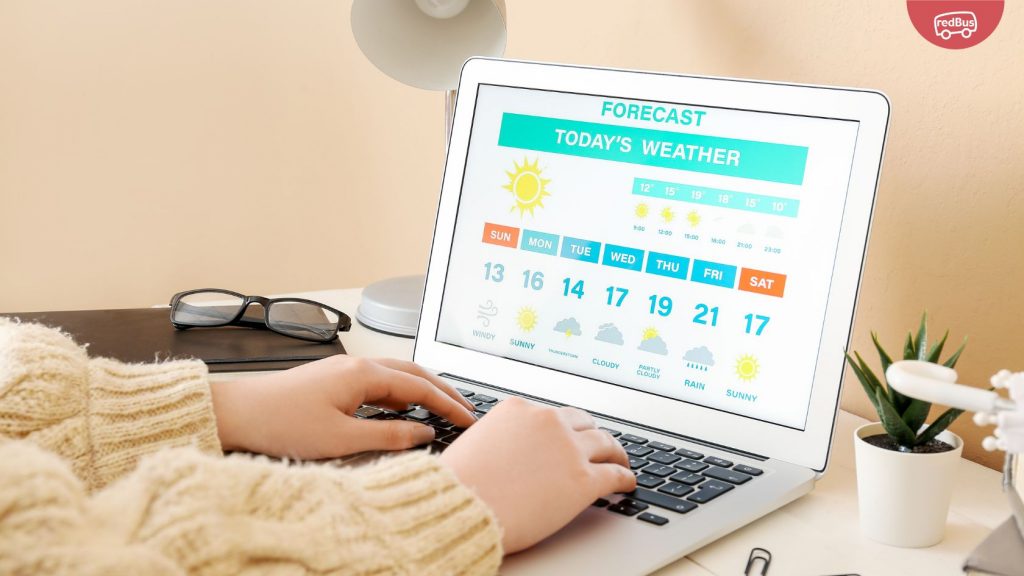
- Weather Watch: Stay updated! Monitor the VTV weather forecast on social media or ask your travel provider for real-time weather updates.
- Vietnam National Center for Hydro-Meteorological Forecasting: Stay updated on typhoon warnings and forecasts.
- Flexible Bookings: Avoid booking flights and tours too far in advance. Opt for short-term forecasts and flexible cancellation policies due to the unpredictable nature of typhoons.
- Back-up Options are Your Best Friend: Have a backup plan in case storms disrupt your itinerary. Consider booking tours with the Pay Later option when you book bus tickets.
- Pack Smart: Waterproof bags, raincoats, an umbrella, anti-slip shoes, and good walking shoes are essential companions.
- Local Authorities: Follow guidelines and recommendations from local authorities regarding emergency procedures and safety measures.
Suggested Vacation Spots During Typhoon Season:
If central and northern Vietnam are experiencing storms, head south!
Ho Chi Minh City
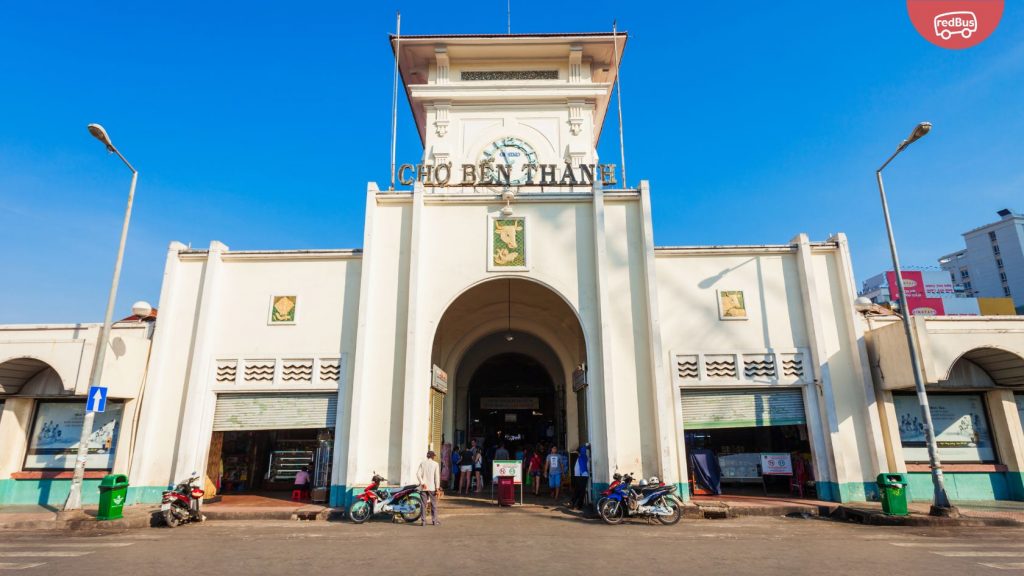
If Vietnam’s northern and central parts face the brunt of typhoon season, consider heading south to Ho Chi Minh City. This vibrant metropolis uniquely blends old and new, rich history and a thriving modern culture.
Enjoy the city’s vibrant nightlife scene, with various bars, clubs, and live music venues. Visit the War Remnants Museum, the Notre Dame Cathedral and the Central Post Office to gain insights into the city’s past. Wander through the bustling markets like Ben Thanh Market or explore the vibrant Chinatown district. Savour the diverse flavours of Vietnamese cuisine, from street food to fine dining experiences.
Da Lat

Escape the hustle and bustle of Ho Chi Minh City and retreat to the charming hill station of Da Lat. Nestled amidst lush pine forests and stunning natural beauty, Da Lat offers a peaceful and refreshing atmosphere.
Visit the Crazy House, the Flower Gardens, and the Elephant Falls for a unique and enchanting experience. Da Lat’s pleasant weather makes it a perfect escape from the heat and humidity of other parts of Vietnam. Sample Da Lat’s famous specialities include wild strawberries, coffee, and local delicacies.
Mekong Delta

For a truly unforgettable experience, venture into the Mekong Delta, one of Vietnam’s most enchanting regions. This vast river, canal, and floating market network offer a glimpse into traditional Vietnamese life.
Savour the fresh seafood caught from the Mekong River, including catfish, shrimp, and crab. Experience the vibrant atmosphere of the floating markets, where locals sell everything from fresh produce to handicrafts. Take a boat tour through the intricate network of canals and waterways, passing through picturesque villages and lush rice paddies. Interact with friendly locals and learn about their daily lives and traditions.
If you visit the Mekong Delta in November, don’t forget to check out the Khmer festival celebrations. Read about the Ok Om Bom Festival in the Mekong Region!
With some planning and flexibility, you can vacation in Vietnam, even during typhoon season. By choosing the right destination and packing for the weather, you can avoid the worst storms and discover the unique charm of Vietnam’s rainy season. So, don’t let the typhoons deter you from exploring this incredible country. With the right approach, you might have an unforgettable off-the-beaten-path adventure!
FAQs
Typhoon season in Vietnam generally runs from June to November, with the highest frequency of storms occurring between August and October.
Ho Chi Minh City is less prone to typhoons than northern and central Vietnam. However, it can experience tropical storms and heavy rains during the rainy season, particularly from June to November.
The rainiest month in Vietnam varies by region. Still, September is generally the wettest month in the central and northern areas, while the southern regions, including Ho Chi Minh City, experience the most rain in July and August.
Essential items to pack include:
-A rain jacket or poncho
-Waterproof footwear or sandals
-A travel umbrella
-Quick-dry clothing
-Waterproof bag or cover for electronics
-Insect repellent to avoid mosquitoes
Typhoon season in Vietnam generally runs from June to November, with the highest frequency of storms occurring between August and October.
The best time to visit Vietnam depends on the region. Overall, March to April and October to November offer pleasant weather across most regions, avoiding the extremes of heat and rain.
